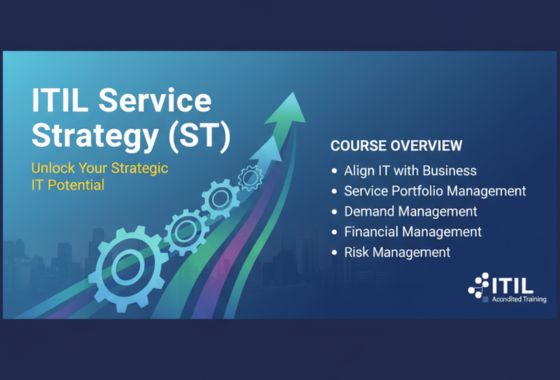ITIL V3 : Focuses on the IT service lifecycle: Service Strategy, Service Design, Service Transition, Service Operation, and Continual Service Improvement. It is process-oriented.
ITIL V4 : Focuses on value co-creation and modern ITSM practices. Introduces the Service Value System (SVS), guiding principles, and 34 practices. It is flexible, modern, and integrates Agile, DevOps, and Lean.
PRINCE2 Agile Foundation is a globally recognized certification that blends the structured project management principles of PRINCE2 with the flexibility and responsiveness of Agile. It helps professionals manage projects effectively while staying adaptable to change — ideal for today’s fast-paced digital environments.
The PRINCE2 Agile Practitioner certification is an advanced-level qualification that builds on the PRINCE2 Agile Foundation. It teaches professionals how to apply PRINCE2 management controls and Agile delivery methods in real-world projects — ensuring flexibility, governance, and faster value delivery.
ITIL (Information Technology Infrastructure Library) Service Operations is one of the key stages in the ITIL Service Lifecycle. Its main focus is on delivering and managing services effectively to ensure business value. While other stages of ITIL (like Service Strategy, Service Design, Service Transition) focus on planning and building services, Service Operations is about day-to-day service management.
Service Strategy is the first stage of the ITIL Service Lifecycle. Its main focus is on defining the perspective, position, plans, and patterns that a service provider needs to execute to meet organizational goals. Goal of Service Strategy: To ensure that IT services are aligned with business objectives, provide value, and are financially viable.
Service Design (SD) is the third stage of the ITIL Service Lifecycle. Its primary focus is on designing new or changed IT services so they can meet business requirements effectively and efficiently. Goal of Service Design: To design IT services, along with the necessary processes, metrics, and policies, ensuring they are cost-effective, reliable, and aligned with business needs.
Service Transition (ST) is the fourth stage of the ITIL Service Lifecycle. Its main focus is on building, testing, and deploying new or changed IT services into the live environment while minimizing risks.
Goal of Service Transition: To ensure that services are deployed successfully, meet business expectations, and operate efficiently from day one.
Continual Service Improvement (CSI) is the fifth stage of the ITIL Service Lifecycle. Its main focus is on aligning and realigning IT services to changing business needs by identifying and implementing improvements.
Goal of CSI: To maximize value for the business by improving services, processes, and overall IT performance continuously.
Operational Support and Analysis (OSA) refers to the group of ITIL processes that provide support for day-to-day IT service delivery and analyze data to improve performance.
Goal of OSA: To ensure effective incident resolution, minimize downtime, and improve service quality by analyzing operational data and trends.
Service Offerings and Agreements (SOA) is part of Service Design and Service Strategy, focusing on defining, documenting, and managing service offerings and the agreements that govern them.
Goal of SOA: To ensure IT services deliver value and meet business requirements, supported by clear commitments through formal agreements.










.jpg)
.jpg)
.jpg)
.jpg)
.jpg)
.jpg)